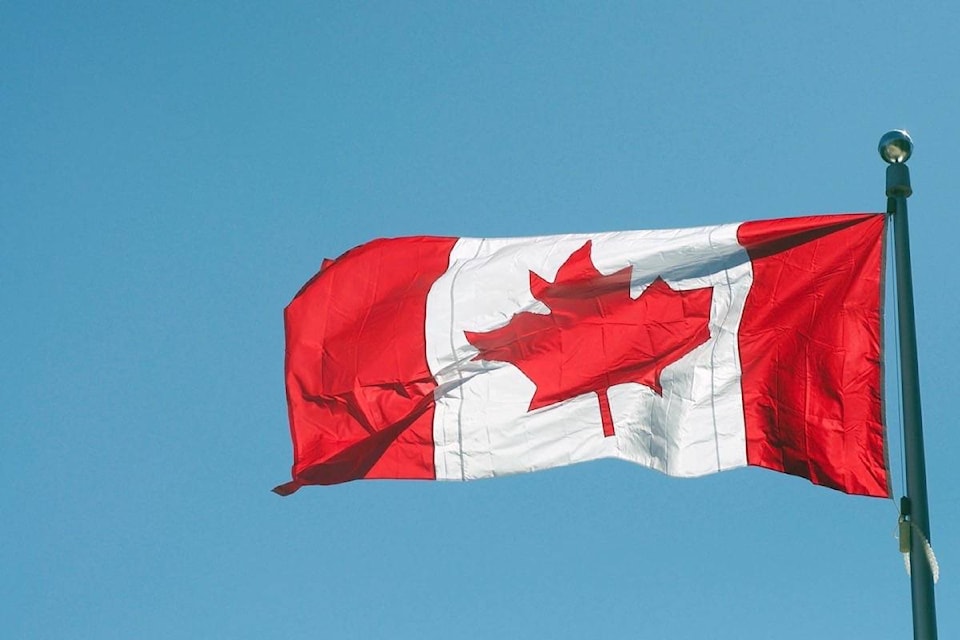In recent weeks, Canadian shoppers have been reading food labels in an effort to buy Canadian food products.
This initiative had its roots in 2014, when Heinz moved its ketchup production from Leamington, Ont. into the United States.
French’s, a company better known for mustard, is now a customer of Highbury Canco, the company that purchased the Leamington plant from Heinz.
Buying French’s ketchup became a patriotic act.
The ketchup was made at a Canadian food processing facility, using Canadian labour and Canadian-grown tomatoes.
Outrage over ketchup gradually faded, until last month, when U.S. President Donald Trump announced tariffs which will affect Canadian businesses and consumers.
In response, some Canadian shoppers began taking action with a call to buy Canadian and boycott American products.
But this call to action isn’t as easy as it looks, and it raises a difficult question. What does it mean to buy Canadian?
Food labels will tell me if an apple is grown here in B.C. or in Washington, and the label on a prepared food package will state whether the food item is from Canada, the United States or another country. (Some frozen pizzas come from Germany, of all places.)
Labels don’t tell the whole story.
French’s was formed by two American brothers in 1883, but was sold to a British company in 1926. In 2017, French’s was acquired by McCormick and Company, an American firm.
One can find ketchup, made in Canada by Canadian companies, but those brands are not as common as Heinz or French’s.
And if one moves beyond the grocery store, buying Canadian becomes even more challenging.
All the clothing I’m wearing today was purchased at major Canadian retailers and most is store-branded merchandise. However, the shirt was made in India, the pants were made in Bangladesh and the shoes were made in China.
A ball cap, purchased in Ottawa and with the word CANADA in large, bold letters, was made in Bangladesh.
At least my belt was made in Canada.
As recently as the early 1990s, it was relatively easy to get clothing made in Canada. Today, it is much cheaper to have garments made overseas, even when transportation costs are included.
The same holds true for other items. Some Canadian companies have their production facilities in other countries, and some international companies have manufacturing in Canada.
BlackBerry is a Canadian tech company, but its products are manufactured in Asia. Does a BlackBerry device still qualify as a Canadian product?
My car, a Honda Civic, was built in Canada, but the company is from Japan. Other foreign auto makers also have factories in Canada.
When I fill the tank, the fuel likely came from Canada. But Shell is an international corporation, based in the Netherlands and with offices in the United Kingdom and Esso is based in Texas. Husky and Petro-Canada are both Canadian.
There is a website, madeinca.ca, which provides information about whether products are made in Canada and whether companies are Canadian-owned.
It’s a new site and the information is incomplete, but it is a place to start. Alternatively, one could do some quick online searches to find out about a company or a brand.
While I support the concept of buying Canadian, it isn’t easy.
This won’t change until we see a rise in the number of Canadian businesses operating their production facilities here in Canada instead of in other countries.
John Arendt is the editor of the Summerland Review.
This column has been corrected to indicate that Highbury Canco, not French’s, owns the plant in Leamington, Ont.
